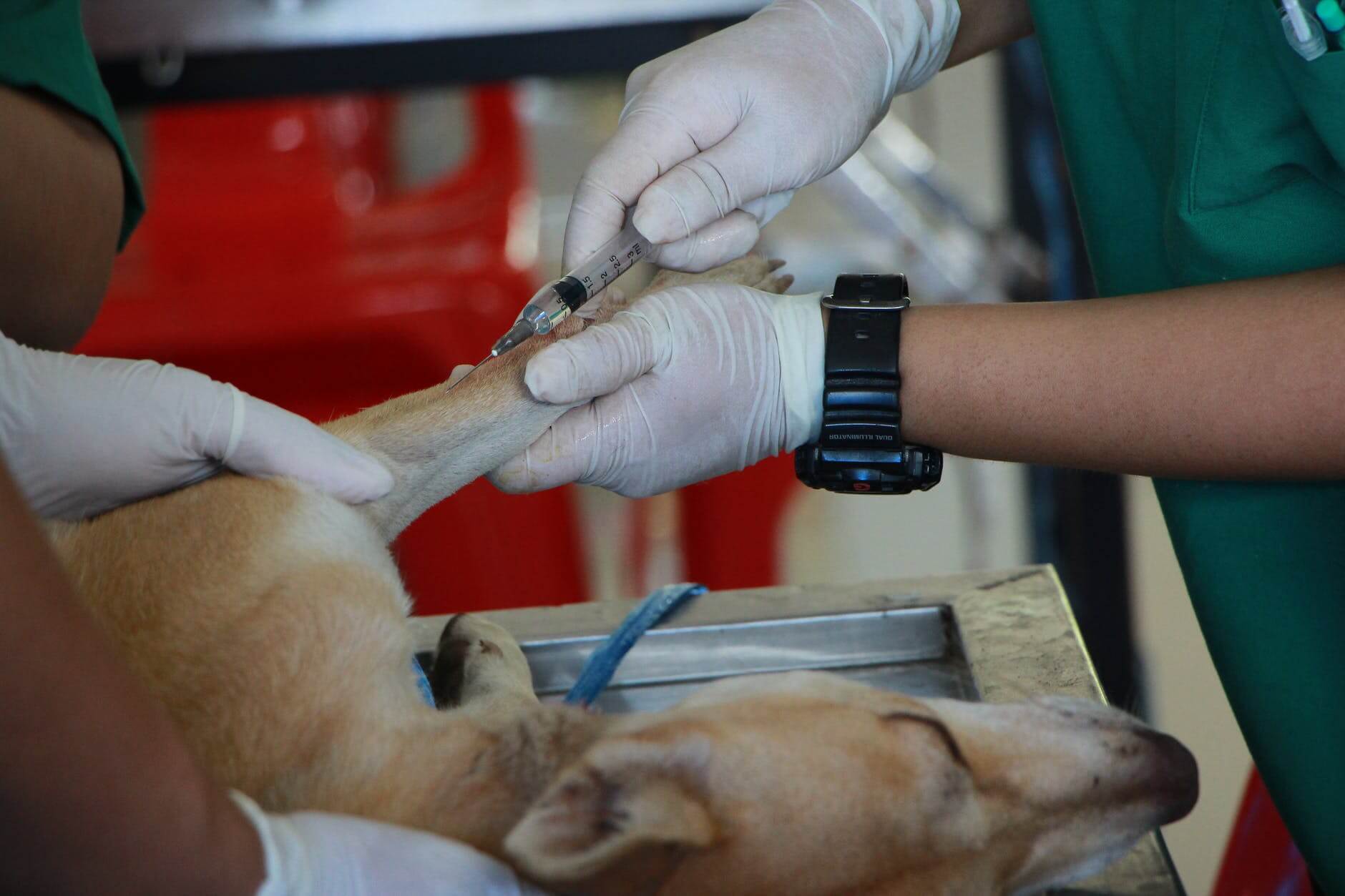Effective Ways to Treat Arthritis and Joint Pain in Dogs
Joint pain is common in older canines. According to the study, osteoarthritis affects 20% of dogs above one-year-old. The condition can affect any dog regardless of breed or size. Larger dogs can experience more severe symptoms.

Even if your dog isn't showing any symptoms or unusual behavior, it's not an indication that they are okay. A veterinary officer can spot health problems that you can't. To relieve arthritis you need good dog braces which help make their movements easier as they receive treatment. There are a variety of dog knee braces available and you can see more here. You can increase the odds of suffering from a degenerative joint disease by using the advancements in veterinary medicine.
What Causes Dog Joint Pain?
Many people think that osteoarthritis is the only cause of dog joint pain. However, this is only one of the causes. Joint problems are categorized as either degenerative or developmental. A developmental problem means your dog was born with it or it's hereditary/ genetic. Such issues include knee dysplasia, hip dysplasia, and elbow dysplasia.
A degenerative problem means it's caused by a progressive disease like deterioration of the dog's cartilage over time. In this case, you need a remedy to keep it from worsening.
1. Osteoarthritis
This is a degenerative joint disease leading to the thinning of the dog's cartilage causing fluid buildup inside the joint. The dog may develop small bone overgrowth resulting in stiffness, and difficulty and pain in movement.
2. Hip Dysplasia
Dogs with this condition always have osteoarthritis which can affect one or two of their hip joints. This condition occurs more often among dogs with short snouts and those with big bodies.
3. Elbow Dysplasia
The elbow doesn't look normal because of osteochondrosis resulting in arthritis. Dog breeds most prone to this condition include German Shepherds, Golden Retriever, Rottweiler, and Bernese Mountain dog.
4. Knee Dysplasia
This is where there is a malformed patella or kneecap. The condition mostly affects small breed dogs. As much as it's congenital, it can also come about due to a traumatic accident.
Symptoms of Dog Joint Pain
Identifying the type of joint pain is difficult if there is little sign of distress. It requires keenness as it's easy to mistake that things are okay. Dogs in pain behave differently, so look for a slight change in behavior. Also, pay attention to the following warning signs.
1. Loss of Appetite
A change in eating habits is a sign of illness. Pets in pain don't feel like eating. Contact your vet immediately.
2. Difficulty in Movement
If the puppy isn't walking normally, then there is a problem. Check if the puppy is limping or look for lameness. The dog may refuse to use the troubled limb, lag behind during walks, move less, or avoid climbing stairs.
3. Excessive Licking of a Particular Joint Area
Licking the joint is a sign of arthritis. Dogs usually lick painful areas – hip, feet or legs. Watch closely if they bite or chew the affected area.
4. Joint Swelling
The effusion or swollen joints are warm to touch. The vet officer can do a blood count test or X-ray to confirm the presence of structural damage or inflammation to the joints.
5. Grumpy Attitude
Dogs or puppies in pain are increasingly irritable. They can cry out when handled in a way that triggers their joint pain. Hip dysplasia can make aggression worse.
Ways to Treat Joint Pain and Arthritis in Dogs

Before you give any medication, ensure you consult a veterinary officer. This ensures you don't give the puppy something that is contraindicated or can cause a medical interaction. Below are supplements you can give for arthritis treatment in dogs.
1) Natural Antioxidants and Anti-Inflammatory
Antioxidants reduce joint pain, improve energy, and mobility. Besides, antioxidants soften their coat and skin.
2) Pharmaceuticals
Consult your vet for various drug options such as Adequan injections. Analgesic medications like synthetic opioid (tramadol). The drugs alter the strength and transmission of pain signals. The vet provides the proper dosage.
3) Complementary Therapy
Make the dog more comfortable by using knee braces and prescribed organic formulations. Dogs appreciate gentle muscle massage as it stimulates blood flow to the atrophying muscles. Warm compresses around their sore joints are soothing. You can learn how to do it by consulting a certified canine massage therapist.
4) Exercise
It's vital that the dog maintains mobility. Engage the puppy in reasonable exercises regardless of age. You can look for CCRP or certified canine rehabilitation practitioner for assistance in designing the right exercise program.
5) Diet and Control Weight
Weight loss takes pressure off their joints and bones. Arthritis deteriorates faster if the dog is overweight. Ensure you give the dog special diets with omega-3 fatty acids, chondroitin sulfate, and glucosamine to relieve the arthritic symptoms.
Arthritis causes swelling and inflammation making it hard for the dog to perform even the simplest tasks such as getting up or walking. Knowing the symptoms enables you to assist your dog to manage the discomfort and pain that comes with arthritis. Consult a veterinary to get advice on appropriate action to take to treat the condition. The above treatments help the dog overcome their condition.
839GYLCCC1992




Leave a Reply